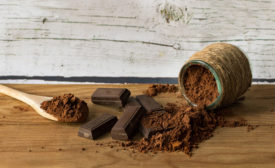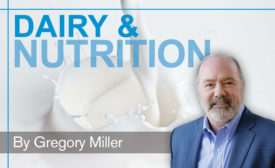Ingredients for Dairy Processors
Grass-fed dairy sector small, but growing rapidly
Organic and grass-fed dairy products offer higher levels of healthy omega-3s
December 9, 2019
2019 State of the Industry: The coup goes to the ingredients
The house always wins in 2019’s year in ingredients
November 19, 2019
Environmental, social issues threaten chocolate and cocoa
Sustainability efforts are critical to ensuring a future for cocoa and chocolate
October 14, 2019
Consumers of meal replacements, supplements look for health benefits
Today’s meal replacement and nutritional supplement consumers look for added functionality and increased transparency
October 8, 2019
Choose between milk and whey proteins
Milk proteins and whey proteins serve different functional purposes as ingredients
October 7, 2019
Dairy foods are nutrient-dense
Consumers are confused about what constitutes a well-balanced diet
October 2, 2019
Making the case for dairy proteins
Plant-based alternatives do not have the same protein benefits as dairy foods
September 24, 2019
Understand fluctuating global dairy demand
Things aren’t always as they seem
September 16, 2019
Stay ahead of the curve. Unlock a dose of cutting-edge insights.
Receive our premium content directly to your inbox.
SIGN-UP TODAYCopyright ©2025. All Rights Reserved BNP Media.
Design, CMS, Hosting & Web Development :: ePublishing











